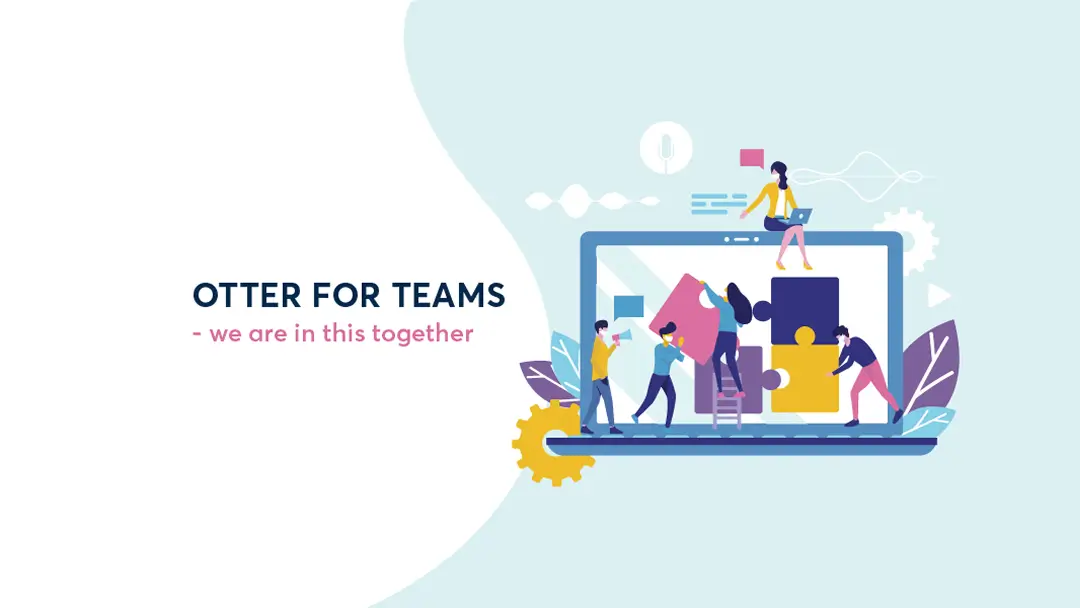How to Choose the Right Business Productivity Software for Your Company

When COVID-19 hit in 2020, companies everywhere had to rush to put tools into place that would allow their businesses to stay afloat. Yet, given how quickly these changes were made, many companies are now finding that the productivity software they implemented may not be the right fit for the long-term, as work gets back to normal.
If your company is in this position—or if it’s time for a regular review of your productivity software independently of any COVID-related decision-making—answering the following questions will help you identify the right fit going forward.
1. Assess Your Current Technology Infrastructure
You might have an idea of where the gaps are in your current software (which may be why you know it’s not the best long-term fit for your company). But if you don’t, one of the best ways to identify them is with a gap analysis.
Begin by gathering input from everyone within your company who will use your new productivity software. Specifically, try to find out:
- What do they like about your current productivity software?
- What’s missing from it?
- Are there any additional features they think would be beneficial?
- Are there any problems they’re solving outside of your existing software that could be brought into a new system?
In some cases, answering these questions won’t just help you figure out which productivity software to choose. Ideally, it should also help your team to work more productively overall—in turn, making your business more successful.
2. Understand Your Team’s Workflow Preferences
When it comes to working productively, each member of your team will have different opinions about the things that’ll help them stay on track.
For instance, do your workers prefer to use Kanban boards to organize their to-do lists? Do they like to see project workflows in GANTT charts? Are they comfortable collaborating within productivity software, and if so, what do their preferred workflows look like?
Ideally, the right productivity software for your company will help you:
- Keep projects organized and distinct from one another
- Visually see the progress of each project
- Know which tasks still need to be completed, as well as their corresponding due dates
However, to reach this point, you may also need to consider:
- How user-friendly the software is (or needs to be, depending on your team’s level of tech-savvy)
- The project views or automations that are available within the platform
- Whether or not the overall aesthetic of the software is appealing and intuitive
- Whether other required features—such as time-tracking or shared document editing—are included
.png)
3. Evaluate Budgetary Constraints and Software Costs
Of course, you’ll also need to consider whether you’re looking for productivity software that’s free to use, or whether you’re ok with paid subscription options. As there are pros and cons to each, it’s important to understand your budget and expectations before researching specific solutions.
Fortunately, the old saying, “you get what you pay for” doesn’t really apply in the software world. While many forever-free productivity software options are limited in features and functionality, you may still be able to find one that meets your team’s wants and needs without incurring unnecessary costs.
4. Understanding Pricing Models: Per-User vs. Flat Rate
When choosing productivity software, pay close attention to how each solution charges for access. While most systems offer discounts to users who pay for an entire year—compared to going month-by-month—there are other nuances you’ll want to watch out for.
- Some project management programs bill monthly, per-user, but require a minimum number of users. If your team is smaller, this will cause you to incur unnecessary costs.
- Some systems allow unlimited free guest users with pared-down roles and permissions, while others bill the same rate for every user. If you plan to invite clients, contractors, or other non-employee users to your software in a more limited capacity, make sure you understand how you’ll be billed.
- Some solutions require a minimum commitment period—typically, one year—even if they allow for monthly or quarterly billing. If you aren’t confident in the productivity software you’re selecting, make sure you retain enough flexibility to move on if needed.
.png)
5. Will In-Office and Remote Workers Be Able To Collaborate Effectively?
Finally, as you evaluate different productivity software for your company, consider whether or not you’ll need a system that allows for easy collaboration between in-office and remote workers. If so, some features or applications that might be particularly useful include:
- Integrated video chat or conferencing capabilities
- Messaging features that streamline communications compared to emails or phone calls
- Visual project layouts that ensure everyone can see the progress of projects
Be sure to think beyond traditional project management systems as well. Tools like Otter can improve team productivity by automatically generating meeting notes, allowing attendees to be more present during discussions, and providing searchable and shareable notes and key takeaways after meetings conclude.
Even better, Otter integrates with productivity solutions you may already be using, such as Zoom, Microsoft Teams, and Google Meet, offering an immediate uplift to your team’s effectiveness.
Ultimately, the suggestions here will help you select the right productivity software for your company, but don’t be afraid to expand beyond this list, if needed. Do what’s best for your company. With proper attention and due diligence, you’ll be able to identify a solution that’ll contribute to the success of your business while empowering your team to do their jobs as easily as possible.
To get the most out of your meetings for your company, contact a meeting expert today.






.png)

.png)













